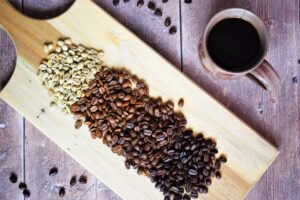An excellent cast-iron or enameled cast-iron skillet Dutch ovens are only as good as the cook who utilizes them. But we have to admit that high-quality tools make cooking a lot more pleasant. However, the taste can often compensate for subpar cooking tools. The best kitchen tools are useless if you can’t properly use them, so it’s crucial to hone your cooking skills. Every cook who wants to be a chef needs to know how to do the basics, like braise, sear, simmer, and stew. In this piece, we’ll examine the fundamental cooking skills everyone should master.
Fundamental skills in the kitchen are essential

Source: theguardian.com
Different cultures and regions have their own foods and ways of making them. Some, like boiling, are far more commonplace than others, like the Mexican Nixtamalization process. Some are easy for any cook, while others are so complex that not even a Michelin-starred chef could master them.
To clarify, when we talk about “cooking procedures,” we’re referring to the actual actions involved in making meals. What we mean by “preparation techniques” are the processes that allow us to cook and serve food in a variety of styles. These strategies are distinct from recipes, which provide a list of items and instructions for making a dish. However, numerous cooking methods may be included in a single dish.
While innovations in ingredients and methods are always welcome in the kitchen, there are a few basics that can be found in just about any kitchen, anywhere on the globe. Sautéing, steaming, and simmering are some examples. Once you know how to do these basic things, you’ll be well on your way to making gourmet meals from scratch using a wide range of ingredients and recipes.
Most famous chefs think that this is the very least that any aspiring chef should know. So, before you aim to be the next Nobu, Oliver, or Ramsey, you need to master these basics first. Read more about the best chefs in the world over at Slingo.com.
Without further ado, then, here are the cornerstone skills that every home cook should have under their belt.
1. Sautee
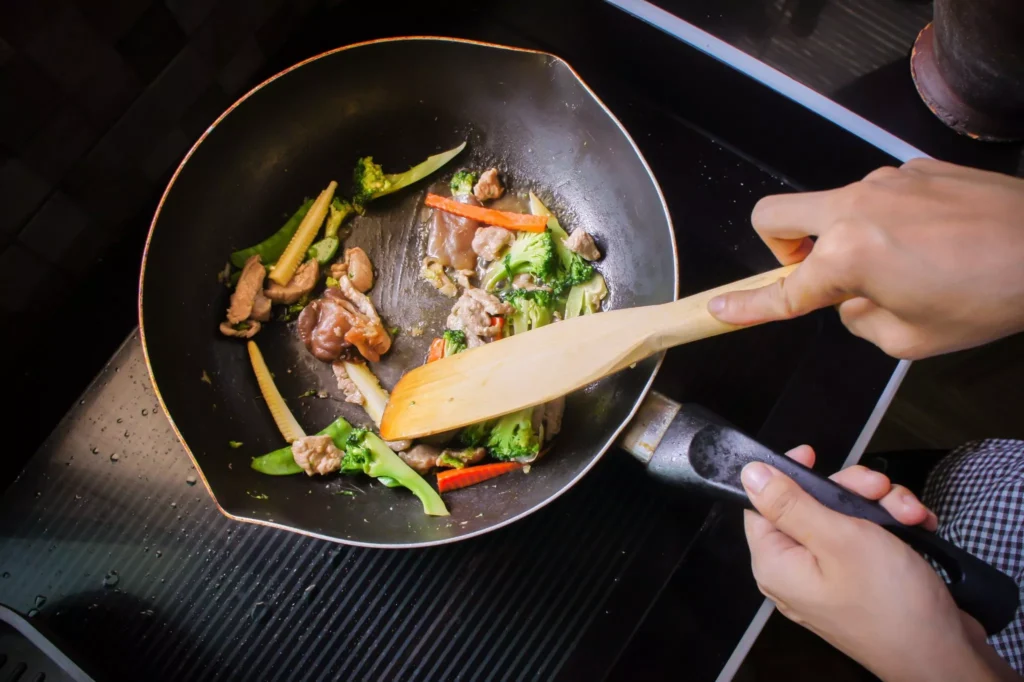
Source: wondriumdaily.com
Sauteing is a time-honored method of cooking that you probably already know. Even if you didn’t know the precise definition of sautéing before reading this, you’ve probably done it many a thousand times. A technique known as “sautéing” is used to swiftly cook food in oil or butter at high heat. Of course, “sautee” is a French term. To jump is a fair rendition of the meaning in English. The term stems from the action of frying the ingredients in a shallow pan and then tossing them halfway through. This keeps the ingredients from getting too hot and lets the oil or butter coat them well.
2. Boiling vs. Simmering
We’ll be covering the most fundamental culinary technique, boiling, in this article. In addition to using an open flame, this method of cooking is among the oldest still in use. Indeed, knowing how to boil water is a useful life skill. When water is heated to a boil, it is ready to be used for preparing food. A pot or pan is used to bring water to a boil, typically at high heat. The food is then submerged and allowed to cook in the water. Pasta and some vegetables are two examples of foods that are typically boiled before being used. For preparing mashed potatoes, for instance, you need to boil potatoes. Using the boiling method, meat and vegetables can be left to boil into a broth.
Even though simmering is just a subset of boiling, understanding the distinction is crucial. In contrast to boiling, simmering involves cooking ingredients at a low temperature and below the point where the water they will be cooked in boils. The goal of simmering is to prevent the liquid from coming to a full boil. Simmering allows us to make a wide variety of stocks, soups, and stews. Simmering is an important cooking method for reducing liquids without burning them and adding more flavor to them.
3. Stewing
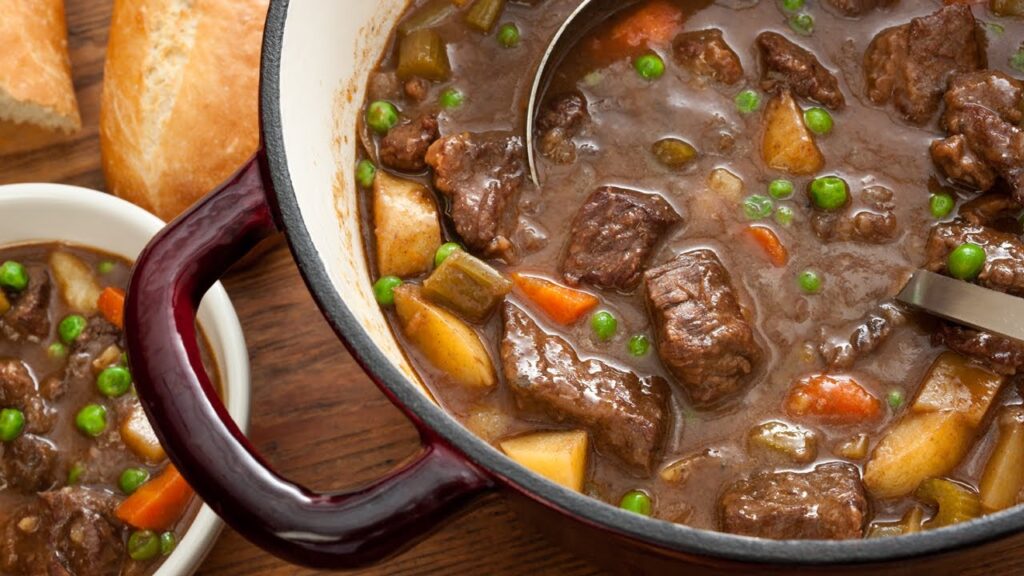
Source: youtube.com
The term “stewing” refers to both a method of preparation and the finished dish (a stew, of course). Slow cooking, such as that employed in a stew, has a long history and is practiced in many cultures around the world. It’s mostly just a way to soften tough pieces of meat (or vegetables!) that would be tough after being fried or roasted. Stewing means cooking meat or vegetables in a liquid, like broth or gravy. In essence, the ingredients are slow-cooked for several hours to get a beautifully soft and juicy texture.
4. Roasting and Baking
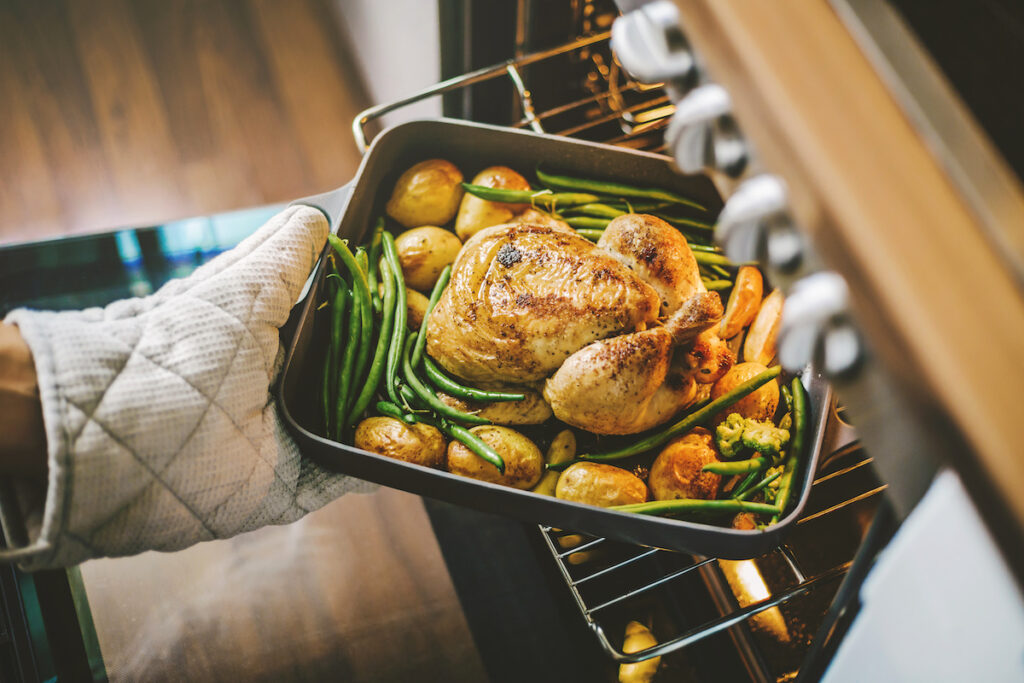
Source: masterclass.com
Mastery of roasting and baking is a must for any budding cook. To cook food thoroughly, from the outside in, these methods call for the use of dry heat. The oven is where most roasting and baking takes place. Most people think of a roast when they picture a roast supper. Roasted meat (chicken or beef) and vegetables (potatoes, carrots) are on the menu. Pastries and flour-based foods are the most prevalent associations with baking. Even though roasting is a simple process in theory, it takes a lot of practice to get the right temperatures. cooking times. Overcooking the outside while the inside remains raw is the result of using too high a heat setting. If you cook it on too low of a heat, the skin won’t get crispy.
5. Broiling
Broiling is one of the less common ways to cook that is still useful and is talked about here. There are many similarities between grilling and broiling, but mastering the latter will change the way you cook meat for good. Like grilling, broiling makes use of dry, direct heat. Broiling, in contrast to barbecuing or grilling, is done inside of an oven. Because of this, you’ll have more control over how hot your food becomes when cooking.
6. Searing
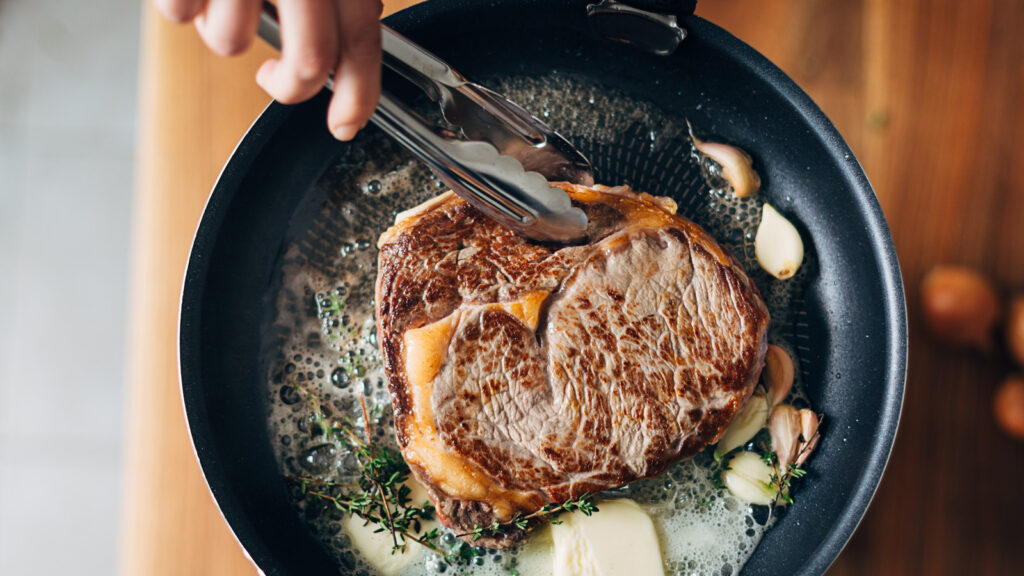
Source: mashed.com
Another common method for preparing meat is searing, in which the surface of the piece is cooked at a very high temperature using dry heat. It takes experience to perfect the art of searing, but the goal is to have a slightly undercooked interior and a nicely browned exterior. Primarily used for steaks, which are best when cooked this way so that the exterior is golden brown and the interior remains juicy and moist. Searing is a popular method for cooking fish in a pan, especially tuna steaks.
7. Steaming
One of the best cooking techniques you can learn is the art of steaming. It’s the perfect way to cook up a superb range of vegetables, from broccoli and cauliflower to spinach and carrots.
Steaming involves boiling water until the liquid starts to vaporize. That steam is what cooks the vegetables. This technique helps to keep in both flavor and nutrients. Steaming is also the technique used to cook Dim Sum and other dumplings, as well as fresh fish and other types of seafood too!

